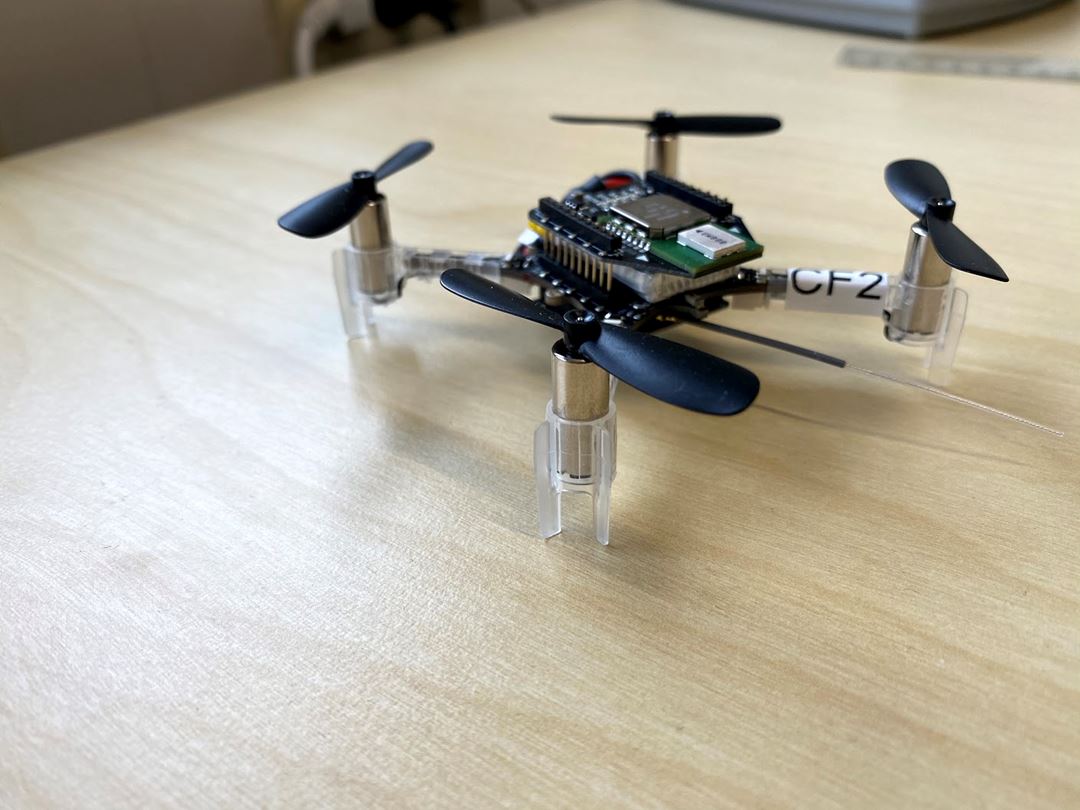INGENIOUS will develop, integrate, test, deploy and validate a Next Generation Integrated Toolkit (NGIT) for Collaborative Response, which ensures high level of Protection & Augmented Operational Capacity to respond to disaster scenes (earthquake, fire, terroristic attacks). This will comprise a multitude of the tools and services required:
- For enabling protection of the first responders (FR's) with respect to their health, safety, and security.
- For enhancing their operational capacities by offering them with means to conduct various response tasks and missions boosted with autonomy, automation, precise positioning, optimal utilisation of available resources and upgraded awareness and sense-making.
- For allowing shared response across FR teams and disciplines by augmenting their field of view, information sharing and communications between teams and with victims.
The NGIT armours the FR's at all fronts. The NGIT will be provided at the service of the FRs for extensive testing and validation in the framework of a rich Training, Testing and Validation Programme – of Lab Tests (LST's), Small-Scale Field Tests (SST's) and Full-Scale Field Validations (FSX') – towards powering the FR of the future being fully aware, fully connected and fully integrated.
Further we will develop micro indoor aerial drones to enter a dangerous building to create an indoor mesh network to aid indoor localization of FR's, in particular:
- Autonomous navigation in an unknown environment: The MIN's will have move, avoiding obstacles, in an unknown environment.
- Progressive deployment of the mesh network: The MIN's will have to enter the building and disperse themselves and land to form a mesh network. The final formation of the MIN's will have to respect some requirements (e.g., number of MIN's always in communication range) in order to make possible localization tasks of moving targets (FR's).

